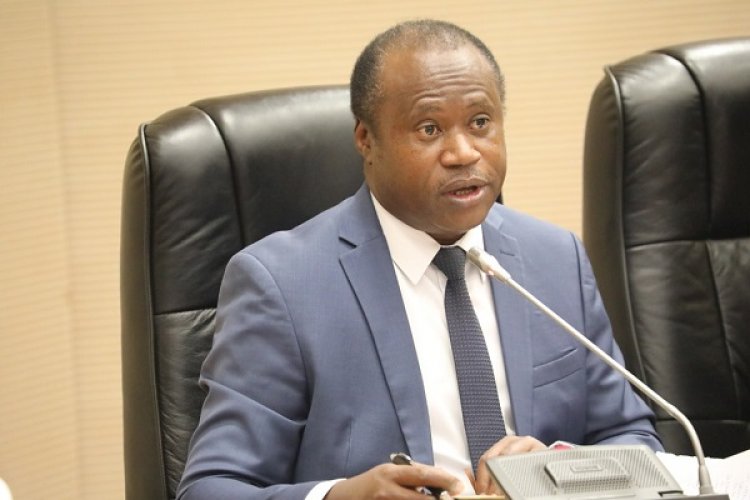Rwanda seeks to cut spending by 2.3 per cent of gross domestic product in the 2022/2023 fiscal year as government embarks on a raft of measures to consolidate the public finances to reduce fiscal deficits and stabilize debt levels.
The treasury indicates Rwanda has always depended on concessional funding with a big grant element, but this keeps narrowing down as the country is considered a strong performer and so should have enough revenue mobilization to sustain the economy.
The details were shared Thursday as Minister of Finance and Economic Planning Uzziel Ndagijimana tabled Rwf4.6 trillion ($4.5 billion) spending plan for 2022/2023 fiscal year, an increase from Rwf4.4 trillion ($4.3 billion) 2021/2022 revised budget.
Under the spending plan, government seeks to focus on responding to scars from the pandemic and the negative impact the Russia-Ukraine war is having on the recovery of the economy and on households’ income and spending.
Fiscal stance
According to the treasury, the 2022/23 budget will mark the beginning of the normalization of fiscal policies as fiscal COVID-19 support measures are being scaled down and monetary stimulus is being withdrawn to address inflation.
Details seen by RwandaPost show government equally seeks to cut “unnecessary or non-essential/ non-efficient” spending by institutions, such as those related to official travel, physical meetings, workshops and conferences by increasing reliance on remote working practices/tools and use of institutions’ facilities.
In particular, government is also discontinuing underperforming domestic projects totaling to Rwf54 billion under different sectors, while implementation of others with projected spending worth Rwf187.4 billion will be phased in the medium term.
“These spending rationalization measures are expected to allow total recurrent and development expenditures to decline from 32.6 per cent of GDP in 2021/22 to 30.3 percent of GDP in 2022/2023 and to 27.3 per cent of GDP by 2023/24 and 2024/25 respectively,” the treasury indicated in an explanatory note to the Budget Framework Paper sent to Parliament.
Inflation
The treasury shows the spending plans were crafted with a view of the escalation of the Russia-Ukraine crisis with medium term macroeconomic projections that point to higher prices of energy, food and other commodities.
To this adds resultant increase in the cost of doing business and making investment, pressures on the exchange rate as well as moderate GDP growths than previously projected.
READ: Rwanda inflation hits 10.5pc as food, energy costs soar
It indicates medium term policies will be about increasing the budget capacity to support vulnerable through different social protection programs, to improve the quality and access of education and health, and to increase the stock of affordable housing, among others.
Government also seeks to expand the Coviod-19 vaccination coverage of the booster and vaccination of children, and readying the health system to respond to any resurgence of the virus.
Modest growth
Economic growth is expected to moderate in 2022 and in the medium term, “reflecting the negative impact of the Russia-Ukraine crisis that drove up global prices and affecting our economy in terms of rising prices of energy, foods and other items,” indicated the treasury.
“Consequently, GDP 2022 is now projected at 6 per cent from 7.2per cent projected in October 2021.”
SECTORS:
- The industry sector GDP growth projection for 2022 has been revised to 8.9% from 10.8% due to high cost of inputs for production and capital for investments.
- Lower industry growth would have spill over on the services sector especially trade while the services sector is yet to recover from COVID-19.
- Agriculture performance is likely to be affected by weather conditions. “We’ve already observed rising food inflation at 10.2 per cent in March of 2022 from 7.9 per cent in the previous month,” the treasury indicated.
- Inflationary pressures are expected to remain elevated in 2022 and beyond.





